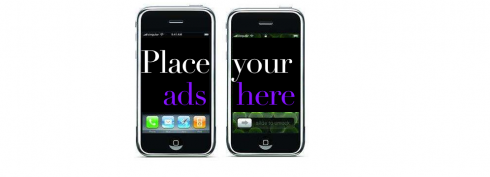When we talk about the path of the story we recommend an overall newsroom philosophy in which online is first for news, while print surprises with how it takes the news and analyzes it, offering surprises and new angles.
This study tells us that more and more, editors and publishers are understanding the dynamics involved in producing news and information today, and many not only articulate them, but are ready to act on it, rethink their newsroom organizations, as well as their products. This is, indeed, wonderful news.
“I was pleasantly surprised with how well the senior executives we interviewed understood the problems and how well they could articulate them,” said David Moss, director of entertainment and media at PWC. “There is a universal understanding you have to have a successful digital play and still realize that print is where they are still making money.”
Moss noticed a change noting that in past surveys publishers were not as focused on digital treating it as secondary initiative. The dramatic decline in circulation and the brutal recession forced publishers to push digital to the front of their priorities, he said.
Highlights of the study:
1. Those newspaper companies with the best long-term viability are those companies that can invest in several digital strategies at once.
2. Although editors and publishers are not inclined to establish “pay for information” model, they are, however, interested in moving toward niche content, where they can attract advertising.
3. Paying for online content: PWC found people have a willingness to pay for 62% for general online news content compared to 100% for general print news content. However PWC warns that does not mean that consumers would actually buy online content: When given the choice, consumers would choose free content when the quality was comparable or sufficient for their purpose.
4. People are more likely to be willing to pay for financial content—a maximum of 97% as much on average for high quality online newspapers with a focus on finance compared to general news on traditional paper.
And one bit of reassuring news, even if current advertising profits may not show it: With regards to advertisers, PWC said they still turn to major newspaper brands with loyal customer bases to reach mass markets. But the shift to digital will continue and advertisers are looking for innovative packages combining both print and online.
iPhone and advertising: attractive duo

It is obvious that we like everything iPhone-related. So, we are happy with this news about the power of that most handy and attractive of handies to attract advertisers, according to The Wall Street Journal.
Madison Avenue is plowing more resources into a new marketing medium: Apple Inc.‘s iPhone.
In the past several months, companies such as Burger King Holdings Inc., Zippo Manufacturing Co. and Lions Gate Entertainment Corp. have experimented with promotional software applications that can be downloaded onto the iPhone, or they have created ads that are placed within other popular applications for the device.
This data should make newspapers managers more eager to incorporate their brands into some type of iPhone synergy.
Go here for article: http://online.wsj.com/article_email/SB124208325352208449-lMyQjAxMDI5NDEyMjAxODIzWj.html
Follow the Marios

Two Marios. Two Views.
Follow Mario Jr. and his blog about media analysis, web design and assorted topics related to the current state of our industry.
http://garciainteractive.com/
Visit Mario Sr. daily here, or through TweetsByDesign (www.twitter.com/tweetsbydesign)
:
To read TheRodrigoFino blog, in Spanish, go:
https://garciamedia.com/latinamerica/blog/
TheMarioBlog posting #260